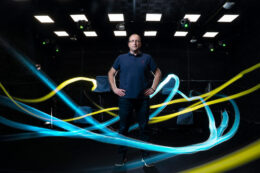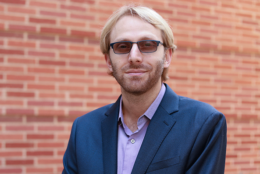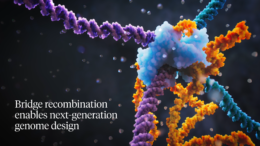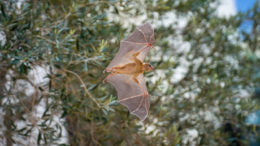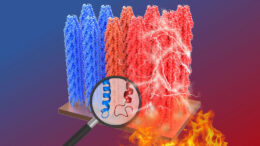BioE News
Acid-degradable lipid nanoparticles enhance the delivery of mRNA
Research by Niren Murthy’s lab presents a new acid-degradable linker that rapidly hydrolyzes in endosomes but is stable in the blood, which could significantly increase the efficiency of delivering mRNA-based therapies to cells.
Read MoreNew recyclable adhesives can be easily adapted for medical, consumer and industrial applications
Messersmith Lab has created a family of polymers from a stabilized alpha-lipoic acid which could lead to versatile, high-performance and environmentally friendly recyclable adhesives.
Read MoreRevealing the Mysteries Within Microbial Genomes
Adam Arkin’s lab has developed a new technique, barcoded overexpression bacterial shotgun library sequencing (Boba-seq), that will make it much easier for researchers to discover the traits or activities encoded by genes of unknown function in microbes.
Read MoreYartsev new HHMI Investigator
Congratulations Professor Michael Yartsev, named a Howard Hughes Medical Institute (HHMI) Investigator!
Read MoreDi Carlo new Chair of UCLA Bioengineering
BS and PhD alumnus Dino Di Carlo has been named Chair of the Department of Bioengineering at UCLA.
Read MoreScientists Discover Next-Generation System for Programmable Genome Design
A team of researchers led by Professor Patrick Hsu has discovered the first DNA recombinase that is programmable, allowing the user to specify any desired genomic target sequence and any donor DNA molecule to be inserted. The bridge recombinase mechanism promises to expand genome editing beyond CRISPR and RNA interference (RNAi) to offer a unified mechanism for programmable DNA rearrangements. Bioengineering graduate student Nicholas Perry is also a lead author of the study, along with other researchers from the Arc Institute.
Read MoreImpriMed: Providing Personalized Medicine For Pets With Blood Cancer Diseases
Pulse 2.0 interviewed MTM alumnus Sungwon Lim, founder of ImpriMed, a company that provides personalized medicine for pets with blood cancer diseases.
Read MoreSo to speak: how bats and humans communicate
Berkeley researchers led by Professor Michael Yartsev, working with scientists at Carnegie Mellon University, have identified the part of the brain in Egyptian fruit bats that controls vocalizations and found that it contains similar neural wiring and genetics to the part of the human brain that controls speech.
Read MorePutting on the heat
Professor Seung-Wuk Lee discusses pyroelectricity: the finding that viruses can generate electricity when exposed to heat, and how this may pave the way for next-generation biosensors and diagnostic tools.
Read More




